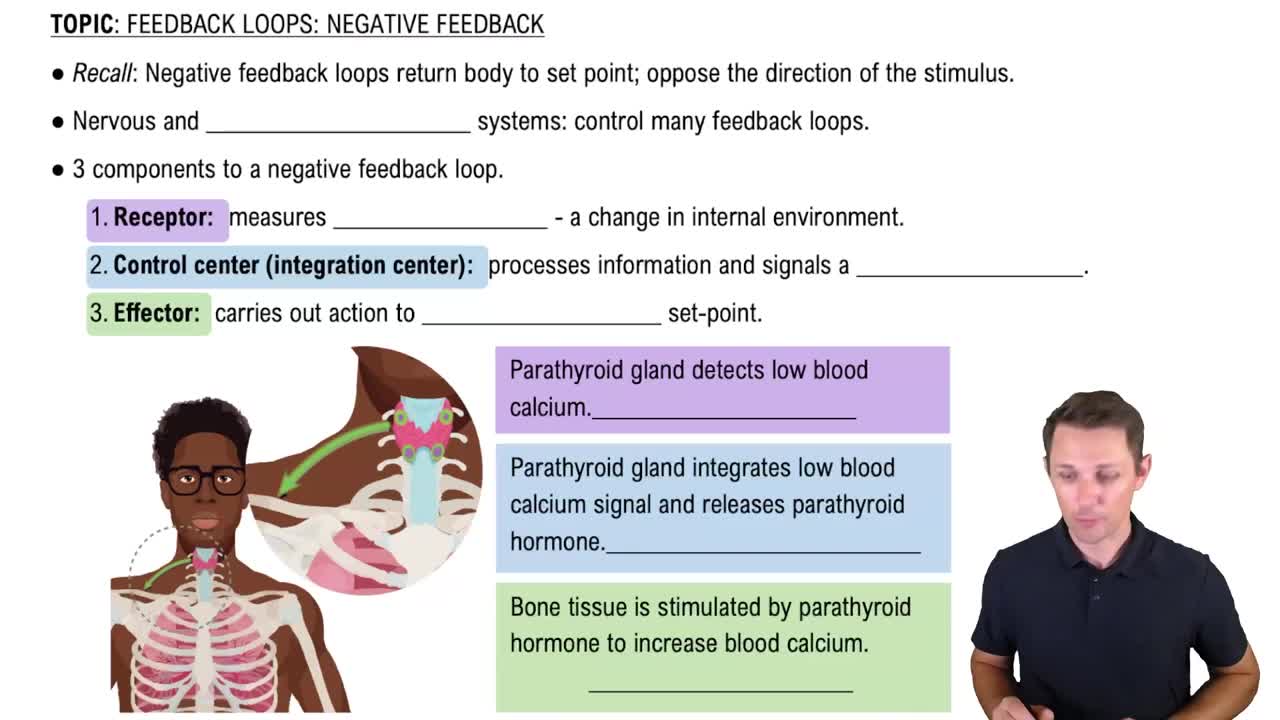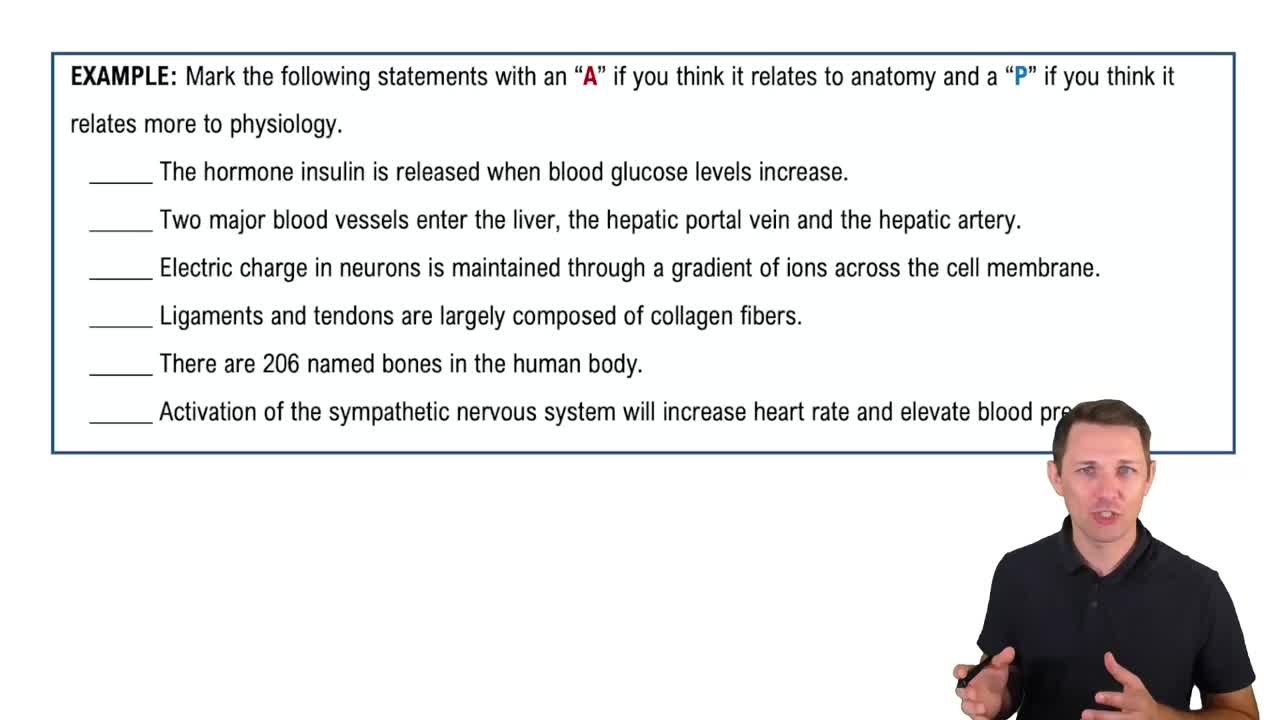Match each numbered item with the most closely related lettered item. Use letters for answers in the spaces provided.
_____ Anatomy
a. Study of tissues
b. Constant internal environment
c. Face-up position
d. Study of functions
e. Positive feedback
f. Organ system
g. Study of cells
h. Negative feedback
i. Serous membrane
j. Study of internal and external body structures
k. Diaphragm
l. Tissue
m. Peritoneal cavity
n. Organ
o. Face-down position






